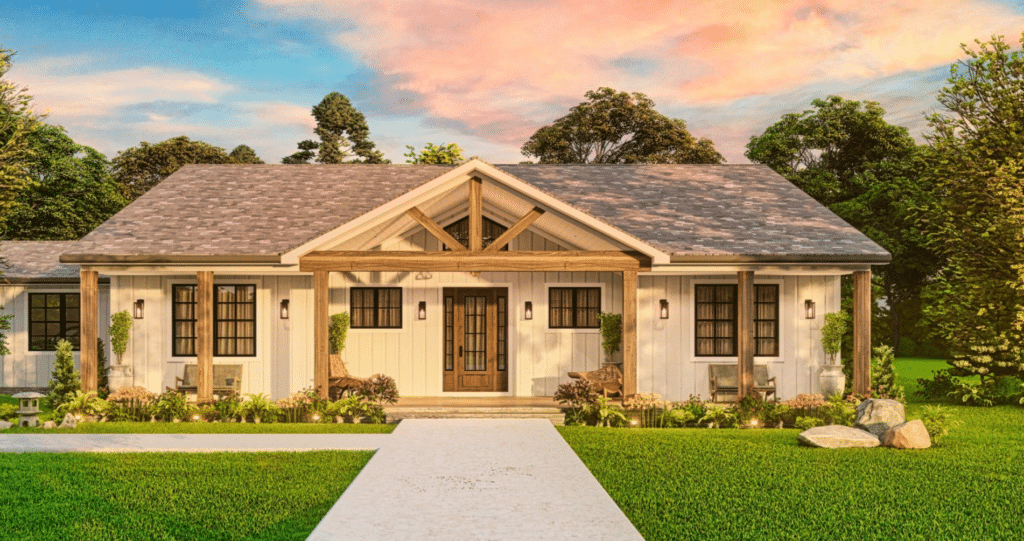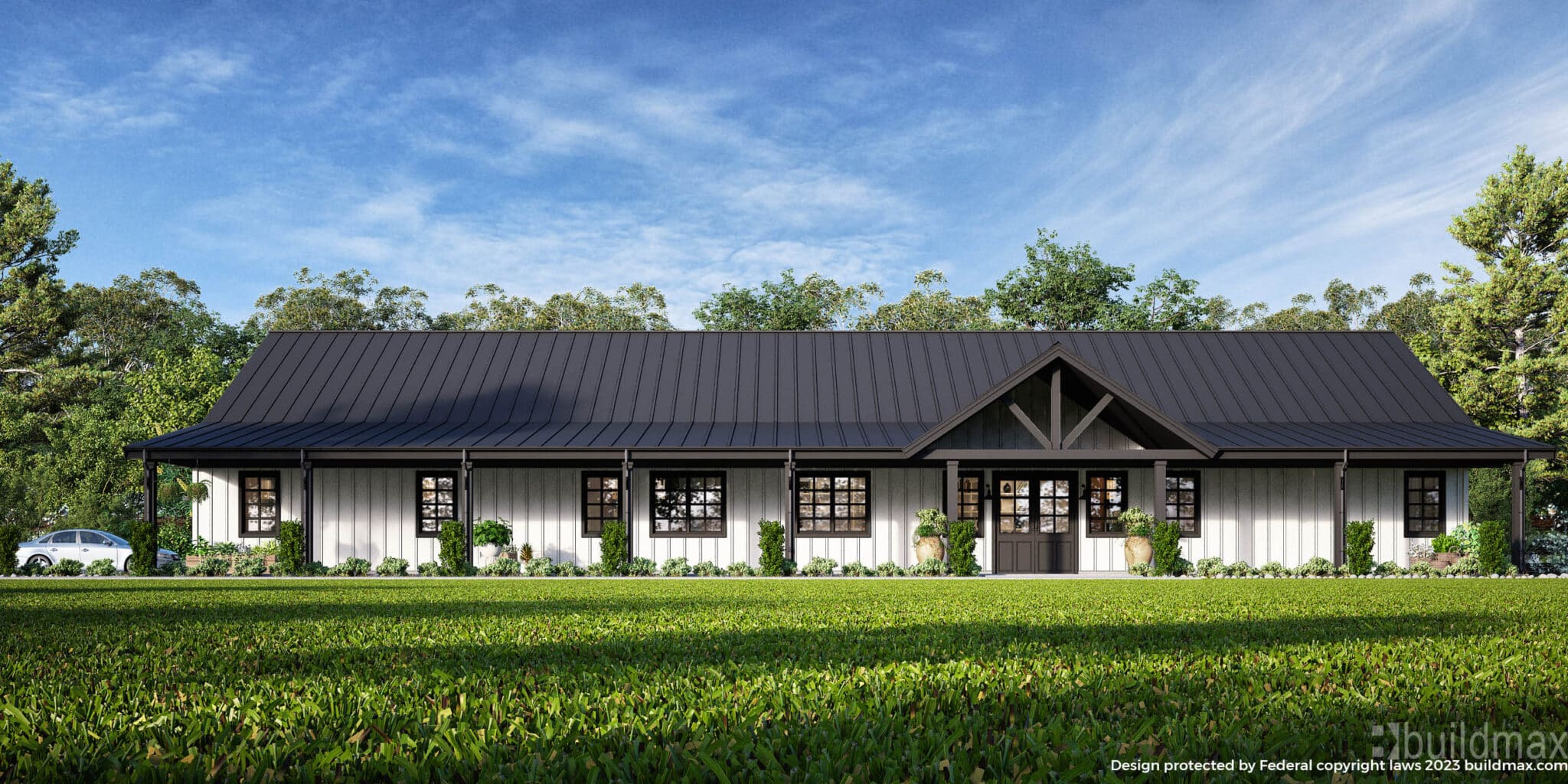Comprehensive Barndominium Repair: Dealing With Architectural and Visual Issues
Wiki Article
Barndominiums Vs. Traditional Houses: a Detailed Comparison of Way Of Living and Functionality
The choice between barndominiums and standard homes encompasses different variables, including way of life choices and functional demands. Barndominiums are characterized by their open designs and flexibility, frequently attracting those that prioritize public living and convenience. In contrast, traditional homes use a more structured setting, which may much better offer families seeking personal privacy and a sense of history. As we examine the expense ramifications and ecological considerations, it becomes clear that the choice expands beyond mere aesthetic appeals and functionality; it invites a much deeper exploration of what genuinely defines a home.Review of Barndominiums
Barndominiums, an unique real estate fad obtaining appeal throughout numerous regions, blend the rustic appeal of barn-style architecture with the performance of modern-day space. These distinct frameworks normally include a steel or timber framework, combining open flooring plans and high ceilings with energy-efficient attributes. Usually positioned on extensive rural buildings, barndominiums use property owners the possibility to appreciate a tranquil way of life while supplying adequate room for various tasks.
The convenience of barndominiums extends beyond their visual charm; they can act as both living quarters and useful rooms for leisure activities, workshops, and even local business. Their flexible design enables very easy modification, fitting varied household needs and choices. Many proprietors appreciate the reduced maintenance requirements associated with metal siding and roof, adding to lasting resilience.

Attributes of Typical Houses
Emphasizing ageless style and comfort, typical homes are defined by their distinct building styles, which usually reflect historical impacts and local aesthetic appeals. Usual features include in proportion exteriors, gabled roof coverings, and an emphasis on craftsmanship, leading to a warm and welcoming ambience.Typical homes frequently integrate aspects such as crown molding, wainscoting, and wood floor covering, boosting their timeless allure. They typically feature multiple rooms with defined functions, promoting household interaction while permitting privacy. visit website. The layout frequently includes formal living and eating areas, which are favorable to amusing guests and holding family gatherings
Exterior products such as block, timber, or stone are frequently used, contributing to durability and a feeling of durability. Barndominium repair. Furthermore, numerous traditional homes are designed with front verandas or stoops, cultivating a feeling of community and connection with the area
Landscape design plays a significant role in typical home style, with well-kept gardens and paths that improve curb allure - learn more. In general, traditional homes personify a sense of nostalgia and security, attracting those that value heritage and a much more structured living setting
Cost Contrast
Normally, an expense contrast between barndominiums and traditional homes exposes significant distinctions in construction expenditures and overall financial investment. Barndominiums, typically constructed from metal or steel structures, usually sustain lower material and labor costs than typical homes constructed from timber and block. The streamlined design of barndominiums can equate to lowered construction times, additionally reducing labor expenses and accelerating occupancy.On average, the expense per square foot for a barndominium ranges from $100 to $150, while traditional homes can vary commonly, typically falling in between $150 and $300 per square foot, relying on location, materials, and style intricacy. This price difference makes barndominiums an attractive choice for budget-conscious purchasers looking for bigger home without compromising high helpful site quality.
In addition, barndominiums might lead to long-lasting cost savings with reduced upkeep prices, power efficiency, and insurance policy rates. Their resilient building materials commonly call for much less maintenance with time contrasted to traditional homes. However, it is vital to think about that while preliminary expenses may be lower for barndominiums, the final investment will certainly additionally rely on specific modification and wanted features, which can affect the general expense in both housing kinds.
Way Of Living and Room Considerations
When considering way of living and area, barndominiums provide an unique adaptability that charms to a variety of home owners. These hybrid frameworks combine household dealing with functional room, commonly featuring open flooring plans that can be adjusted to suit specific requirements. This flexibility is especially advantageous for households or individuals looking for an individualized living setting, enabling varied usages such as office, workshops, or entertainment areas.
Additionally, the aesthetic appeal of barndominiums can deal with both rustic and modern preferences, making them a flexible option for various design choices (Barndominium repair). Eventually, the option between a barndominium and a traditional home often rests on just how well each choice aligns with the homeowner's way of living desires and spatial needs, highlighting the value of considering personal top priorities in the decision-making process
Environmental Effect and Sustainability
The environmental influence and sustainability of barndominiums existing compelling benefits compared to traditional homes. Primarily created from steel and other sturdy products, barndominiums are frequently built utilizing recycled resources, lowering the demand for brand-new materials and minimizing waste. Their style generally stresses open spaces, which can bring about lower power consumption for heating & cooling compared to typical homes with more fractional designs.In addition, barndominiums can incorporate lasting features such as photovoltaic panels, rain harvesting systems, and advanced insulation methods, boosting their energy effectiveness. The adaptability of their layout enables property owners to incorporate these modern technologies much more seamlessly than in several standard homes, which might call for substantial retrofitting.
Additionally, barndominiums frequently require fewer sources for building and construction due to their less complex, extra reliable styles (visit website). In general, barndominiums represent a forward-thinking approach to lasting living, straightening with contemporary environmental priorities.
Conclusion
In recap, the choice in between barndominiums and conventional homes pivots on individual way of living preferences and useful requirements. Barndominiums, with their open designs and lasting materials, provide to those seeking versatility and public living.Report this wiki page